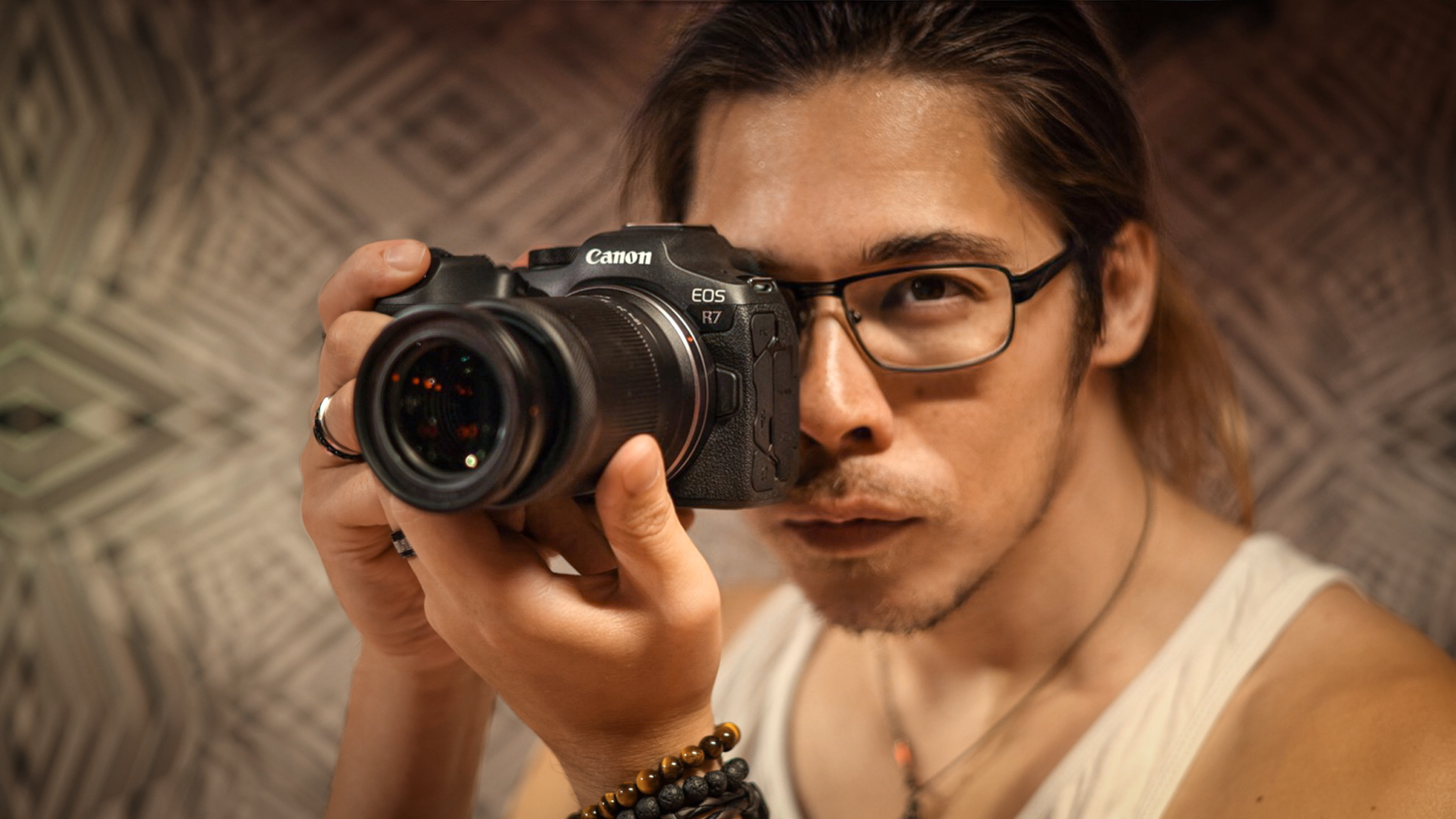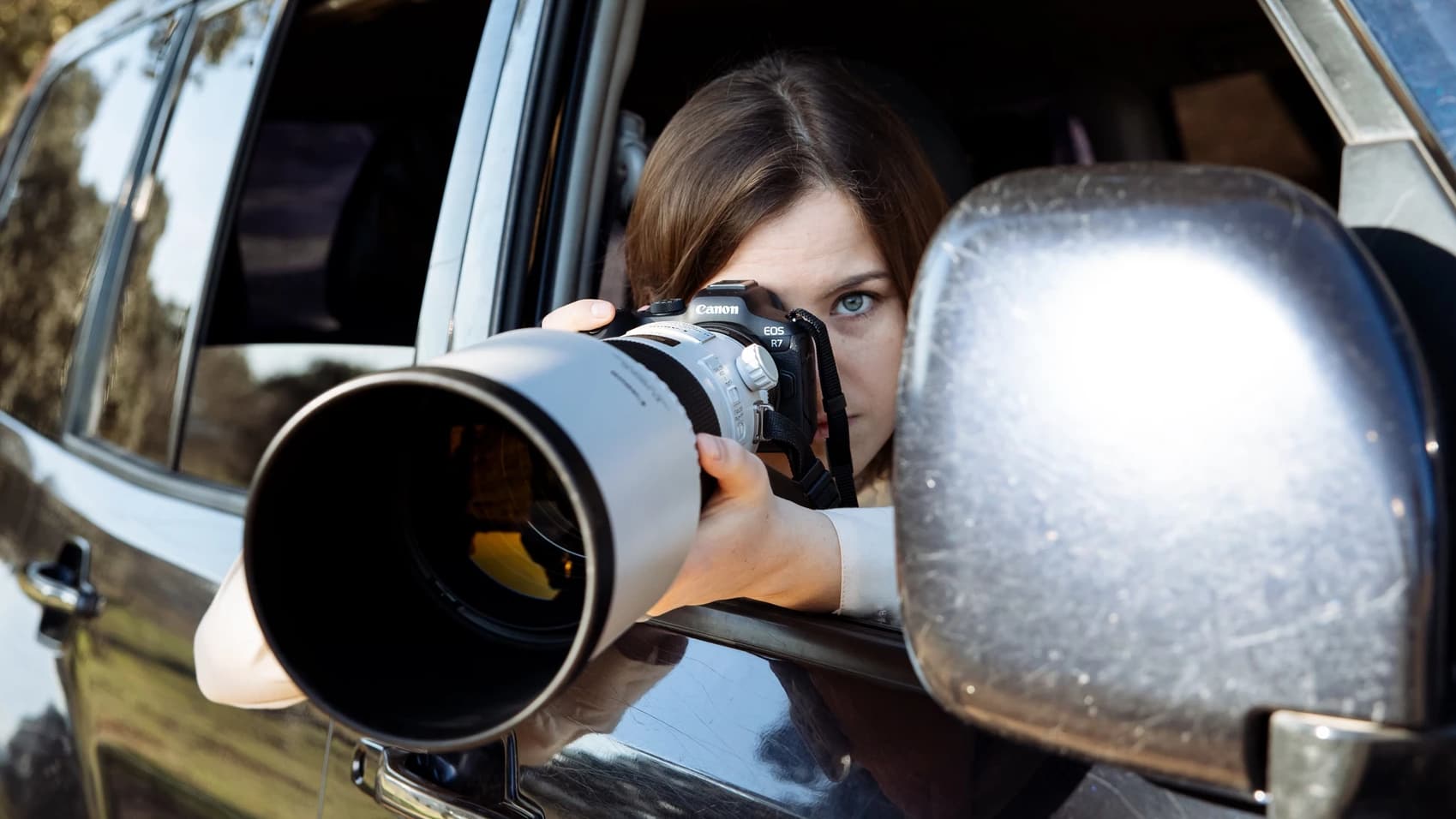Is a Canon EOS R7 Mark II coming this year with a stacked sensor?
Are we really getting a Canon EOS R7 Mark II later this year – and will it have a superfast stacked sensor?

While all eyes are on CP+ 2024 for signs of the anticipated R1 and R5 Mark II, it sounds like later in the year we might be getting a successor to the Canon EOS R7 – at least, if the grapevine is to be believed.
My first reaction was that this sounded too soon; the original R7 was only launched in 2022, after all. Canon used to allow years and years of breathing room before replacing a model, so it seems incredibly quick for a Canon EOS R7 Mark II to be released.
However, Canon certainly hasn't been shy about speeding up its launch cycles in the mirrorless era if it has something meaningful to add to a product line. Let's take the OG Canon EOS R6, for example; it was launched in July 2020, but the much-improved Canon EOS R6 Mark II was released just a couple of years later in November 2022.
Which means that, if Canon likewise has something seriously worthwhile to add, giving us a Canon EOS R7 Mark II two years after the original camera would be entirely consistent – particularly since there definitely is something worthwhile that could be added.
So, what do we know about the R7 Mark II? Directly, very little. Scuttlebutt site Canon Rumors cites "a solid source" saying that there have been discussions about the camera.
Indirectly, however, we know that Canon has been doubling down on stacked sensor technology (indeed, tripling down, following its recent triple-stacked design), with reports of up to three stacked sensor cameras on the way. It's virtually a given that the R1 and R5 Mark II will have stacked sensors, and it would make all the sense in the world for the R7 Mark II to have one as well.
This, to me, is the obvious upgrade path. The R7 series is that unicorn camera for sports and wildlife photographers that combines resolution, speed, and the 1.6x amplification of focal length (due to the APS-C crop factor).
Get the Digital Camera World Newsletter
The best camera deals, reviews, product advice, and unmissable photography news, direct to your inbox!
However, its 30fps top burst speed is being challenged by the likes of the Fujifilm X-H2S and its 40fps bursts. Not to mention the ridiculous 120fps speeds of the Sony A9 III and Nikon Z8 that, while different cameras in different categories, nonetheless leave the R7 in the rear-view mirror.
If Canon adds a performance sensor in the Canon EOS R7 Mark II, combined with its incredible AF system, it would set incredible new standards in the world of APS-C action shooting.

You might be interested in the best cameras for wildlife photography and the best cameras for sports photography – along with the best lenses for bird photography and wildlife and the best lenses for sports photography.

James has 22 years experience as a journalist, serving as editor of Digital Camera World for 6 of them. He started working in the photography industry in 2014, product testing and shooting ad campaigns for Olympus, as well as clients like Aston Martin Racing, Elinchrom and L'Oréal. An Olympus / OM System, Canon and Hasselblad shooter, he has a wealth of knowledge on cameras of all makes – and he loves instant cameras, too.
